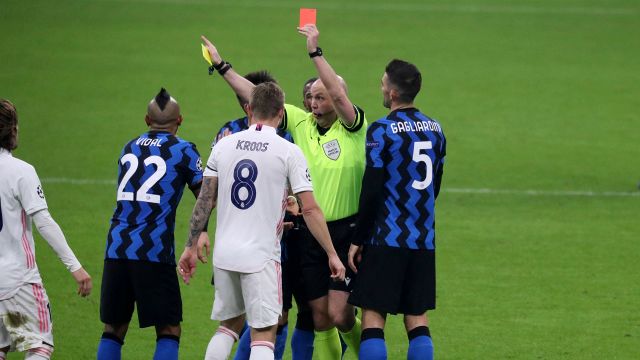Funtil a few years ago, the main communication tool for a primary hospital was the so-called buzzer. A small transceiver device that made it possible to be traced at any time. Students and trainees looked at him with admiration. Possession of a buzzer was a sign of authority, a demonstration of occupying a high rung in the health hierarchy.
–
Today the head physician himself, for internal and external communication, has formidable tools. Colleagues look for him on Whatsapp (even patients, more and more often), showing tests and asking for directions. Social networks constitute a personal news agency and, if desired, a private radio and television broadcaster. To doctors who deal with matters related to the pandemic – virologists, infectious diseases, epidemiologists, immunologists, pulmonologists, intensivists – the television networks and newspapers constantly ask for opinions, which are expressed in all forms (written, video, audio), at any time and from anywhere. Once on the web, that opinion can go anywhere.
–
There is a problem, however, and it is becoming evident: a good doctor is not necessarily a good communicator. He doesn’t have that type of training: he doesn’t know certain mechanisms, some automatisms, certain simplifications. Often he does the right thing, out of intuition and common sense. But sometimes it does – he says, writes, replies – the wrong thing. Consequences? Confusion, when it’s okay. Alarm, reactions and rebellions, when it goes wrong.
–
I owe to Professor Luca Richeldi – member of the scientific and primary technical committee of pneumology at Gemelli in Rome – the consideration on the buzzer: with him, and with his other colleagues, I happened to think about communication in these days. Conscientious doctors are worried. We journalists should be too, who risk amplifying anything: crucial announcements and unfounded alarms, legitimate assumptions and potentially equivocal phrases.
–
We take two, bouncing all over these days: It normally takes 5 to 8 years to produce a vaccine. For this reason, without data available, I would not make the first vaccine that should arrive in January (Professor Andrea Crisanti); There is no drug and no vaccine on which we can say with certainty that it will not produce negative side effects from when it was injected and up to ten years later (Professor Massimo Galli).
–
They are shared considerations, spoken by experienced and respected professionals. No one, of course, get the vaccine without the necessary permits and insurance; It is clear that negative side effects cannot be ruled out in ten years, but equally clear, and more likely, that Covid can have negative effects over time (so let’s try to avoid it, with the vaccine).
–
Brutal communication, in its simplicity: the speaker must always foresee the possibility of misunderstanding, and try to limit it. The sentences can be extrapolated; the citations are often partial; some words trigger irrational reactions. Who communicates must know. Statements like the ones we have reported – there are others, from equally valid professionals – have created disorientation in public opinion. Indro Montanelli told us: If the reader does not understand, it is always the fault of the writer. This also applies to medicine: if the listener misunderstands, it is almost always the fault of the speaker.
–
Where do the communication errors of the medical-scientific community come from? Of course, from the difficulty of simplifying complex issues. But also from the unfamiliarity with some mechanisms: for example, the need for the media to propose a title, the result of a drastic synthesis. And from the constant pressure of the media, which constantly ask for opinions and forecasts. Some doctors find it difficult to escape: out of courtesy, out of a sense of duty, out of professional pride, sometimes out of vanity. The result that they find themselves expressing continuous comments on very delicate and evolving issues. Fatigue and misunderstanding are lurking.
–
And, when information enters the news cycle, it becomes impossible to control. Agencies, news, newspapers and news broadcasts announce, even on the web. Social media take, multiply, discuss and – often – distort.
–
Professor Stefano Nava, chief physician of pneumology at Sant’Orsola in Bologna. He bitterly tells of having to discuss daily with the relatives of Covid patients who ask for the transfusion of autoimmune plasma (obtained from the convalescent’s blood) for the hospitalized. Plasma which however proved ineffective for the treatment of the coronavirus. Yesterday a study conducted in Argentina – at the Italian Hospital in Buenos Aires – and published in the New England Journal of Medicine, the bible of world clinical medicine, leaves no doubt about it. Who caused this confusion? Some physicians, who relied on only a few empirical evidence; and we in the media, who emphasized therapy, without understanding what we were doing.
–
–
25 November 2020 (change November 25, 2020 | 22:42)
© REPRODUCTION RESERVED
– .

